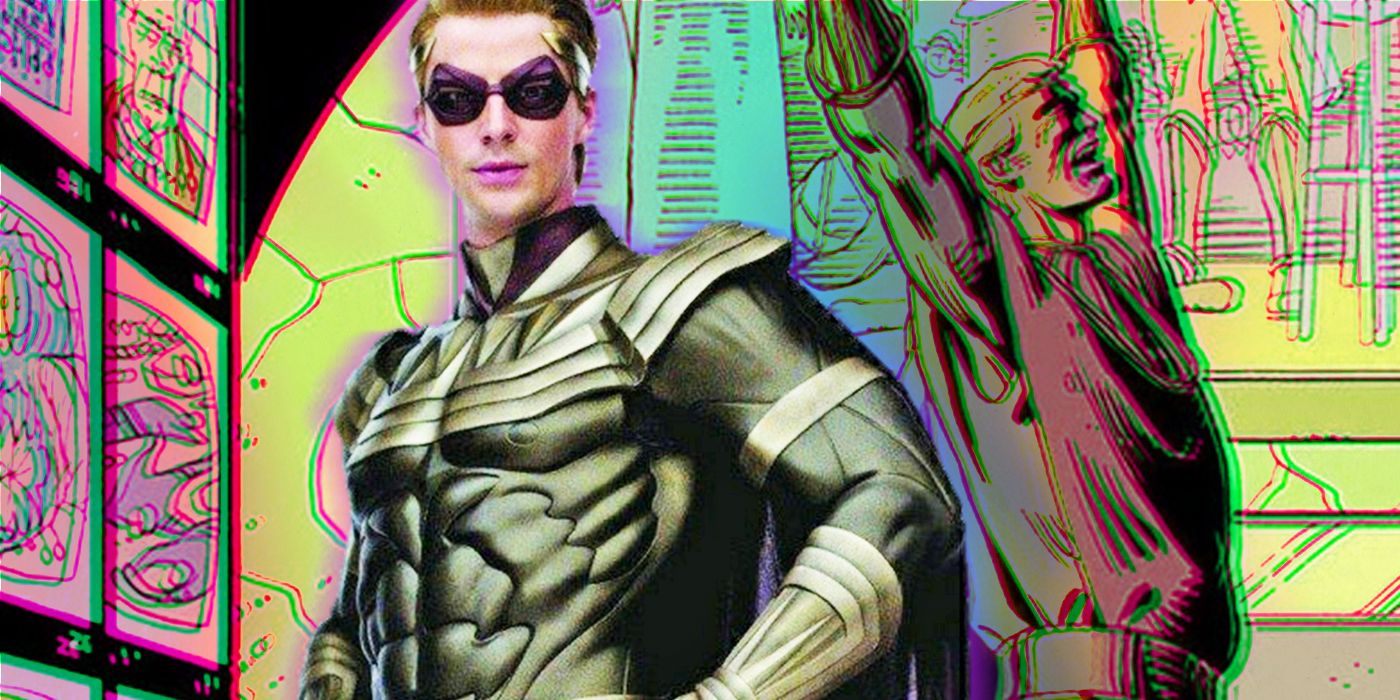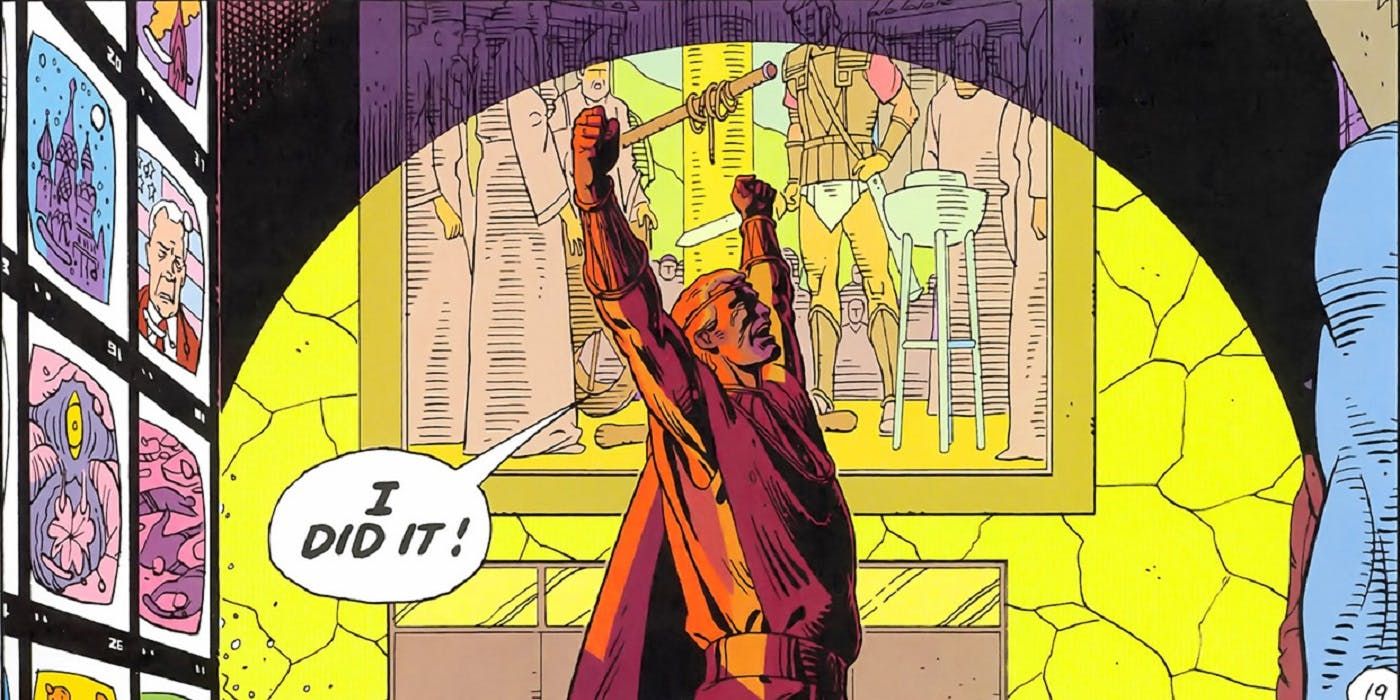
When it initially came out in the 1980s, Watchmen was an incredibly controversial comic book, and its eventual film adaptation was no different. Long delayed and having gone through several permutations, the Watchmen movie came out in 2009, over 20 years after the original publication of the comic book. The numerous scripts written for the film made multiple, arguably sacrilegious changes to the source material. Some involved moving the action into the present day while others gave the human characters superpowers. The version's biggest change, however, involved killing off the grand architect of the story's mystery: Ozymandias. This change was such an affront to the source material that eventually Zack Snyder decided to direct the movie in order to keep it from happening.

The second-to-final script for the Watchmen film was written by Alex Tse, who completed work on it in November 2006, a little over two years before the finished movie was released. Though key elements were changed, Tse's script bears a myriad of similarities to the final film. One notable change, however, was Ozymandias' ultimate fate.
In the script's climax, Ozymandias succeeds in his plan for world unity. This plan was substantially different than the one in the comics and its usage in the film was perhaps Watchmen's biggest controversy. It involves Ozymandias emulating Doctor Manhattan's power and using it to kill multitudes of people in a staged terrorist attack. His goal was to frame Manhattan as humanity's ultimate threat, and in doing so, unite the world against a common enemy. That's present in Tse's script, but there's also a scene where, after being beaten into submission by Ozymandias, Nite-Owl manages to summon his gigantic ship.
The Owl-Ship crashes into Ozymandias, crushing him. With his dying breath, Ozymandias makes it clear that he doesn't regret murdering millions, stalwart in his belief that he ultimately did the right thing. With his former ally turned greatest villain now dead, Nite-Owl limps onto his ship with Silk Spectre.

Killing off Ozymandias is a huge change from the original graphic novel and, when the concept's presence in the script became public, many fans were outraged. Among this group was none other than Zack Snyder himself, who decided he would have to personally direct the film to ensure it remained faithful to the comic book. However, Ozymandias' plan from Tse's script, which was also a huge divergence, remained.
The climax of Watchmen comic did indeed have Ozymandias stage a terrorist attack but with a fake alien life form. The creature's strange, tentacled appearance earned it the nickname of "the squid" among fans, and it was the only truly fantastical element besides Dr. Manhattan in the otherwise grounded comic book. Perhaps because of its potential to seem ridiculous as well as concerns over budget, pretty much none of the scripts written for the Watchmen film utilized the creature.
Yet, though the means to meet their goals differ, Ozymandias from the comic book and from the movie both pull off their plan successfully. Once the initial shock of his actions wears off, many of Ozymandias' fellow Watchmen decide that it may have been for the best. Ozymandias revels in his seeming success, though he also ponders how long the world peace he's achieved will last before humanity descends into war once again. His questioning the effectiveness of his actions at the end of the story is central to the tale's moral outlook and killing him off before he can do so would be detrimental to the narrative's premise. In the end, Zack Snyder kept Ozymandias alive in his film, maintaining the spirit of the story's climax, even if the squid had to wait until HBO's Watchmen series to make its live-action debut.
0 Comments